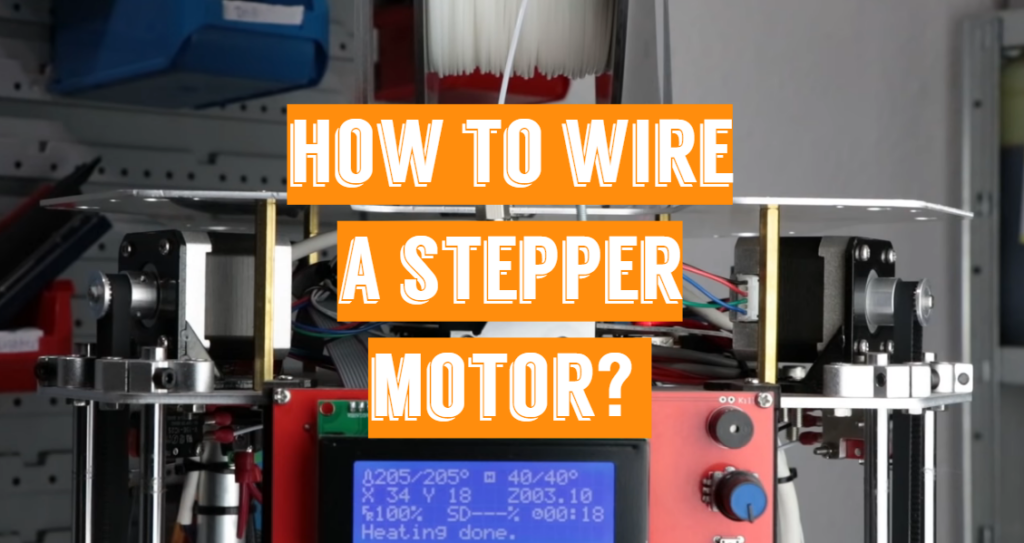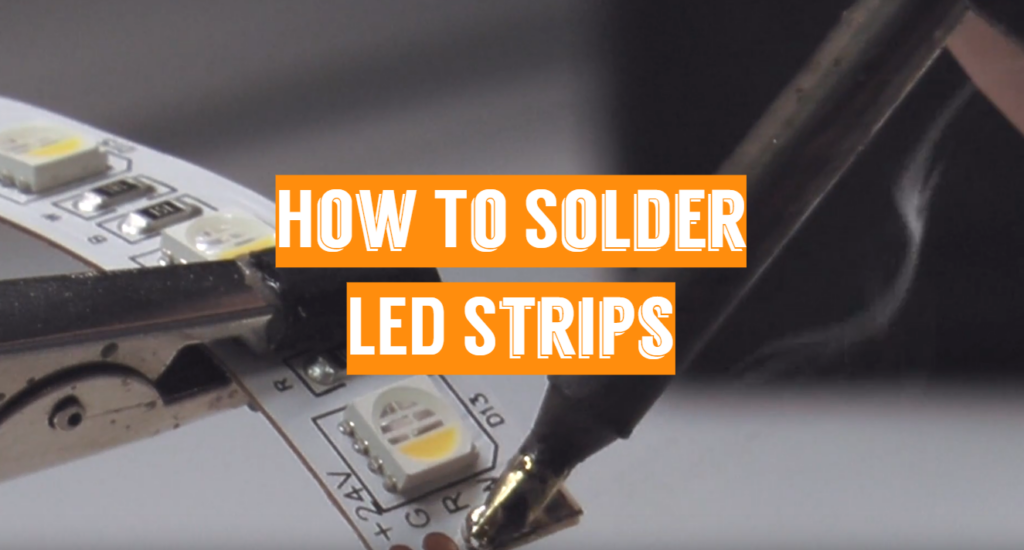DC motors that drive in separate stages are known as stepper motors. They have a number of coils that are grouped into “phases”. The motor can rotate one stage at a time by energizing each process in order.
You may achieve very accurate positioning and/or pace modulation with computer-driven stepping. As a result, stepper motors are the preferred motor for a wide range of precision motion control applications.
Stepper motors are available in a variety of sizes, shapes, and electrical characteristics.
Major types of stepper motors
4-wire motors
Your motor will only be used as a bipolar driver if it has four wires. There are two wires in each of the two-step windings. Link the pairs of wires that have cohesion between them to the stepper driver using your meter.
6-wire motors
A six-wire motor, like a four-wire motor, has a pair of wires for each winding, but it often has a center-tap for each winding. It can be wired in either a unipolar or a bipolar configuration. Using a meter, split the wires into three groups of 3 wires that are all linked. Then you’ll need to figure out where the middle taps are. The resistance between the end wires is half of the resistance between the middle tap and one of the end wires.
5-wire motors
The middle taps of a five-wire motor are wired internally and carried out as one wire, similar to a six-wire motor. This makes using a bipolar driver with the motor impractical. It also renders it difficult to distinguish the windings through trial and error.
8-wire motors
An eight-wire motor is identical to a six-wire motor, but each step is divided into two different windings. This causes the stepper to be used as a unipolar motor or as one of three bipolar configurations. You can link the two halves of each step in parallel in addition to the bipolar half and complete winding modes. In order to have each half winding correctly phased with the other, you’ll actually need to check the motor’s datasheet.
Related Review: Best Brushless RC Motors
How to wire a stepper motor – All Types
Connecting 4-wire devices
Attaching A+ and A- to one motor coil and B+ and B- to the other coil is needed when using 4-wire stepper motors.
Figuring out the wires cover the coil pairs is the tricky part.
Use the motor’s documentation. If you don’t have one now, take the model number off the motor and look it up on the Internet. A datasheet for the device will normally be obtained with a little work. The wires are normally labeled A+, A-, B+, and B- on the datasheet, or at the very least, which wires connect to which coils by color.
Calculate the resistance of either two of the motor wires if you can’t locate the datasheet but have an resistance. If you weigh a close short, the pair will make up one coil, whilst the other 2 wires will make up the other. If it’s available, check for a close short between the first and second wires, then the third and fourth wires.
The coil is made up of a long, thin wire that has some resistance to it. If the pairs have been marked, assign one pair as “A” and the other as “B,” and inside each pair, assign one wire as “+” and the other as “-“. Then, as seen, bind the wires. By linking this way, there is a 50% risk that the motor would switch backward. If it turns the wrong way, just reverse one of the pairs (not both) and the motor would switch in the opposite direction.
Most people will distinguish the pairs by feel if they don’t have an ohmmeter. When the motor coils are free, stepper motor shafts are relatively easy to switch, so when a coil is shorted, they are more difficult to turn. To begin, open all four motor coils and turn the motor shaft to get a sense of how difficult it is to turn. Then connect some two wires with a twist. If the motor is even more difficult to spin, you’ve shorted one of the coils and found a pair.
Optionally, you may use the 3rd wire to the first wire and separate the two wires from each other. Detach the 3rd wire from the 1st wire and connect the fourth wire so the motor does not get harder to transform. One coil can be more difficult to transform than the other, and 2 wires compensate the other coil. If the pairs have been marked, assign one pair as “A” and the other as “B,” and inside each pair, assign one wire as “+” and the other as “-.” Then, as seen, bind the wires.
By linking this way, there is a 50% risk that the motor would switch backward. If it turns the wrong way, just reverse one of the pairs (not both) and the motor would switch in the opposite direction.
Connecting 5-wire and 6-wire devices
5-wire motors are purely unipolar and can’t be wired in a bipolar configuration. The middle tap wire has half the resistance of most other wires, but that’s the most you can hope for.
Unipolar or bipolar series motors may be equipped with 6-wire motors. The coils’ ends and the middle tapped conductor of the coil are exposed in 6-wire engines, which have two center-tapped coils. On either of the two coils, that’s 3 cables. The coil’s ends are linked as seen, but the middle taps are not attached. The trick is determining which wires correspond to every coil and which wire is the middle conductor.
Check the motor’s documentation. If you don’t have one now, take the model number off the motor and look it up on the Internet. It’s possible that you’ll have to contact the vendor. A datasheet for the motor will normally be obtained with a little work. The wires are normally labeled A+, A-, B+, and B- on the datasheet, or at the very least, which wires connect to which coils by color.
To classify the individual coils, use an ohmmeter. Some wires that tend to be bound by a few ohms are both parts of the same coil. The coils are made up of wires that tend to be loose. Choose one of the coils as “A” and the other as “B” at random. Calculate the resistance between each of 3 wires on each coil until the coils have been established. The resistance between 2 coil ends would tend to be about twice that of either coil end to the coil center tap.
Once you’ve marked the coil ends, pick one to be “+” and the other to be “-” with each coil at random. Then, as seen, bind the wires. By linking this way, there is a 50% risk that the motor would switch backward. If it turns the wrong way, just reverse one of the pairs (not both) and the motor would switch in the opposite direction.
Six-wire stepper motors include 2 wires for each winding, similar to four-wire stepper motors. However, it offers the center-tap for every motor’s winding, allowing it to be wired as either bipolar or unipolar.
Connecting 8-wire devices
You must first consider whether to configure an 8 wire motor as a bipolar sequence or bipolar parallel motor before proceeding. Bipolar parallel-connected motors have a higher peak speed than series connected motors, but they use twice as much current. If the parallel design current reaches the driver’s performance capacity, a series configuration can be used. This is particularly valid for larger engines.
For an ohmmeter or by feel, sorting out any of the potential configurations of links is unrealistic. To attach it, you’ll need the motor’s datasheet. If you don’t have one now, take the model number off the motor and look it up on the Internet. To obtain the motor datasheet, you will need to contact the dealer. The wires are normally labeled A1+, A1-, A2+, A2-, B1+, B1-, B2+, and B2- on the datasheet, or anything similar.
Tips for wiring a stepper motor:
- Find the wires that are linked by continuity and link them to the stepper motor;
- Split the wires into three pairs of three that provide consistency, so mark the middle taps with your ohmmeter. Using all six stepper motor wires while you’re connecting to a unipolar driver;
- Any leftover wires can still have their uncovered ends insulated. If some motor wires are connected or disconnected from the driver when the power is running, the driver may be impaired;
- About the fact that any stepper motor works in the same general manner, it’s crucial to know the differences between every wiring style and where each can be used;




I needed to know how to wire a stepper motor so I could take it apart. So, I googled it and found this website that told me exactly what do! The guide was very easy to understand because they had pictures with labels right next to them.